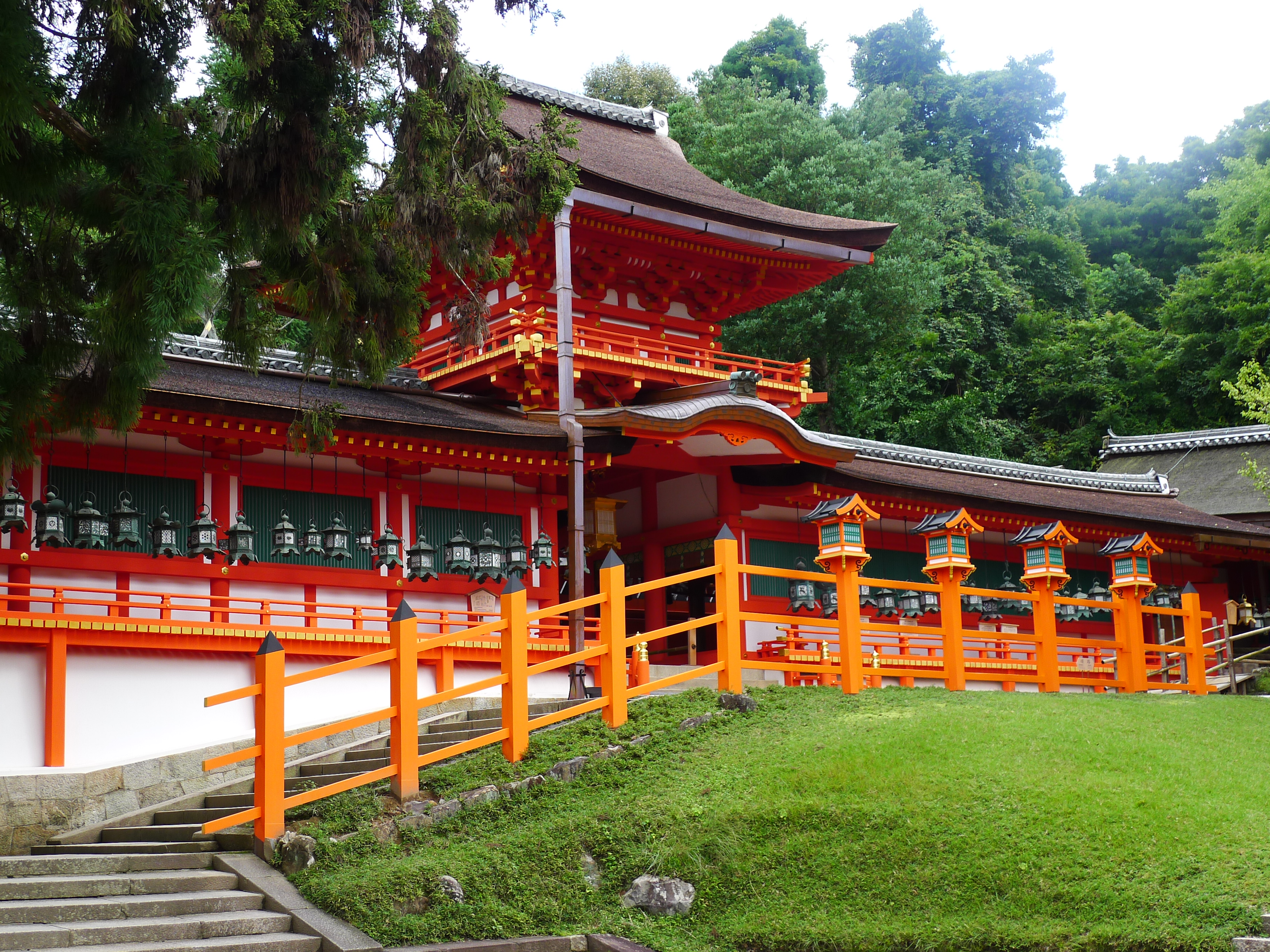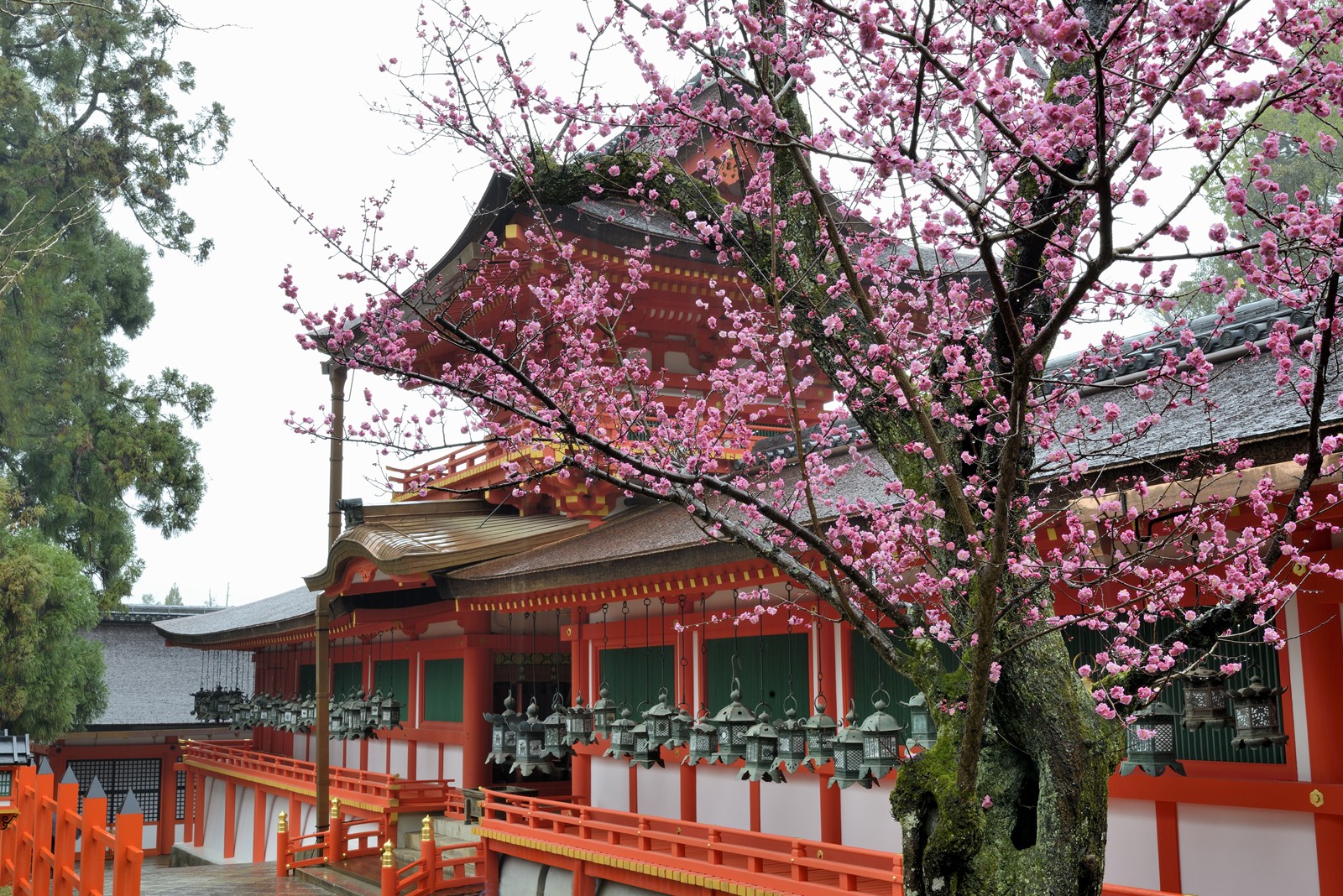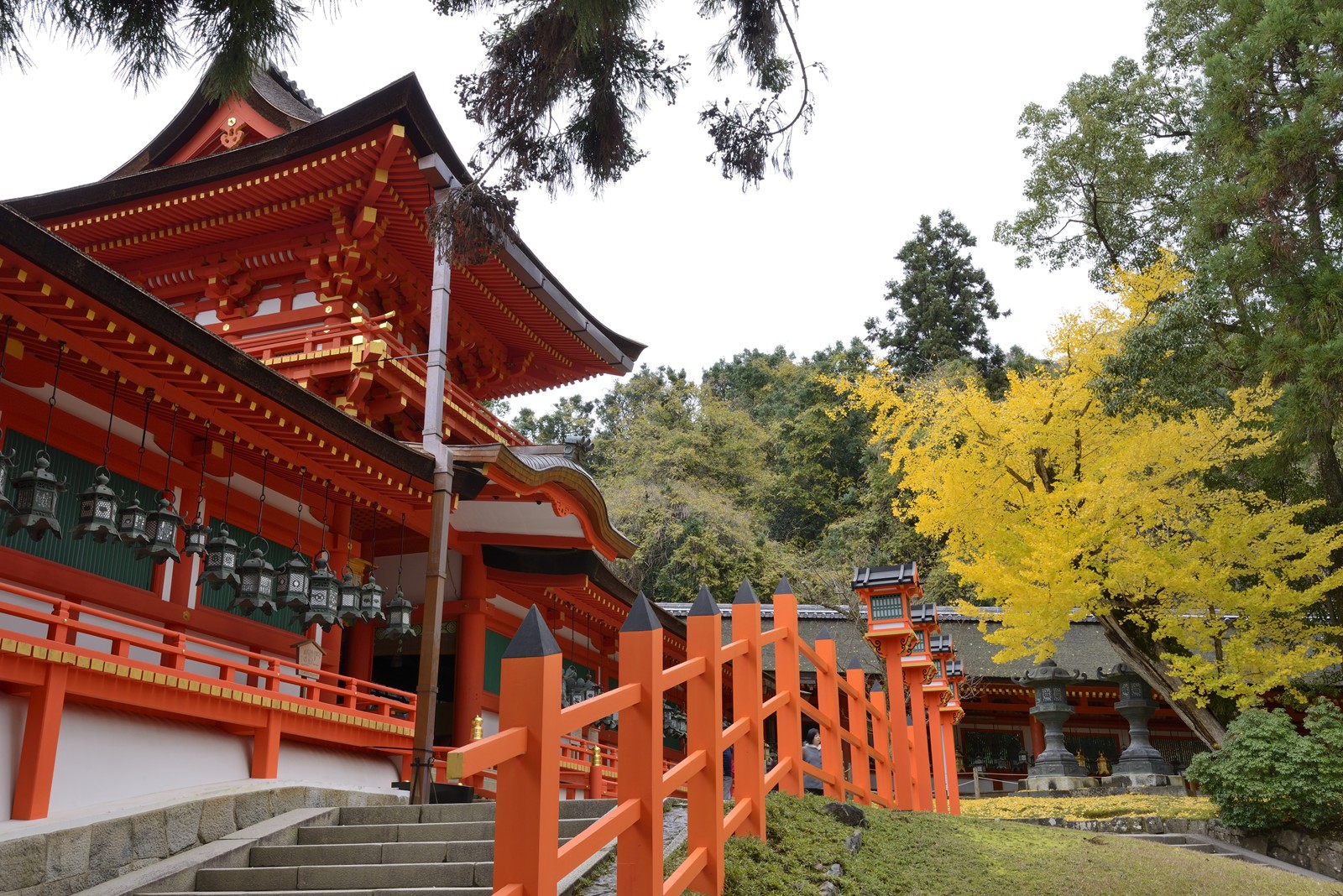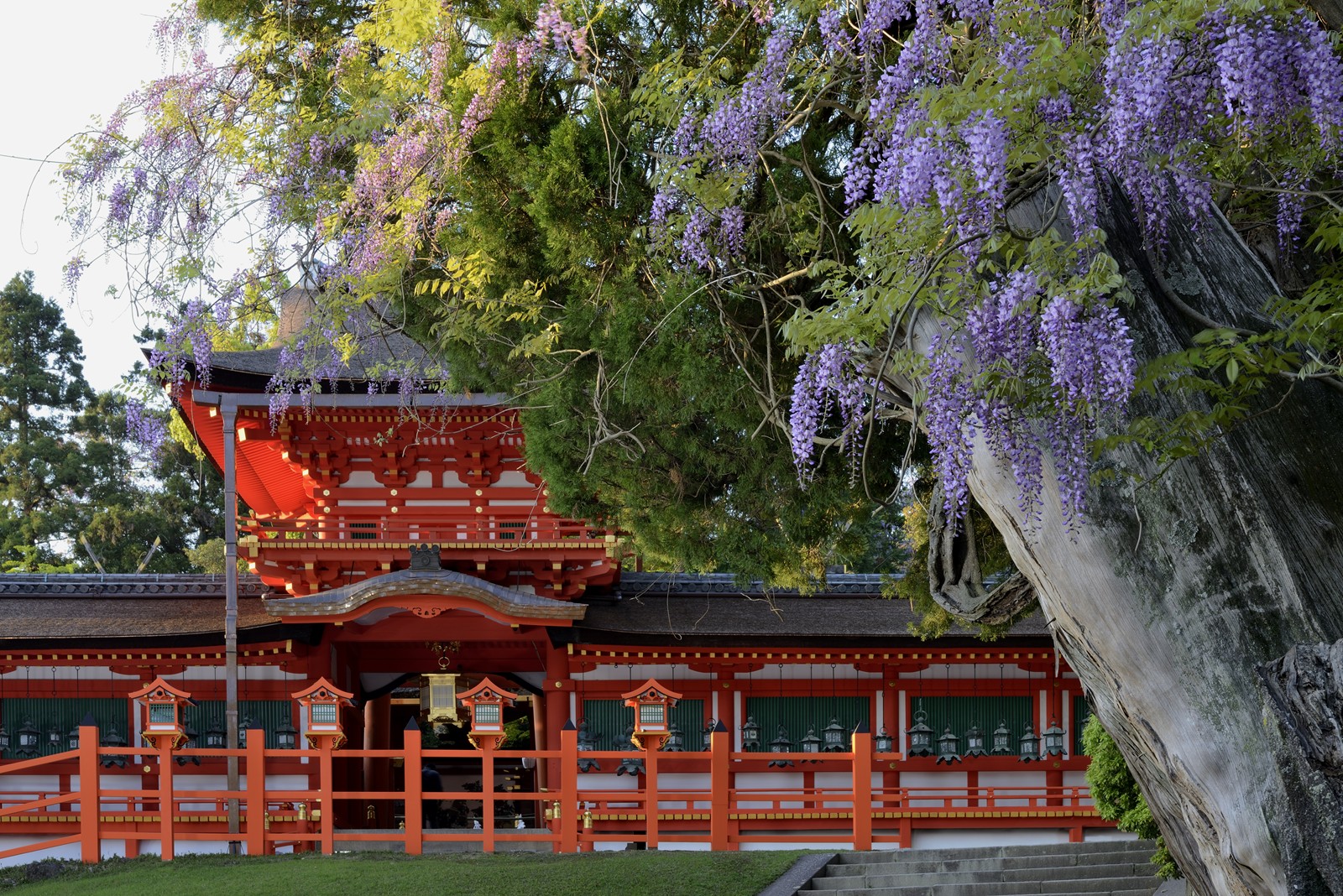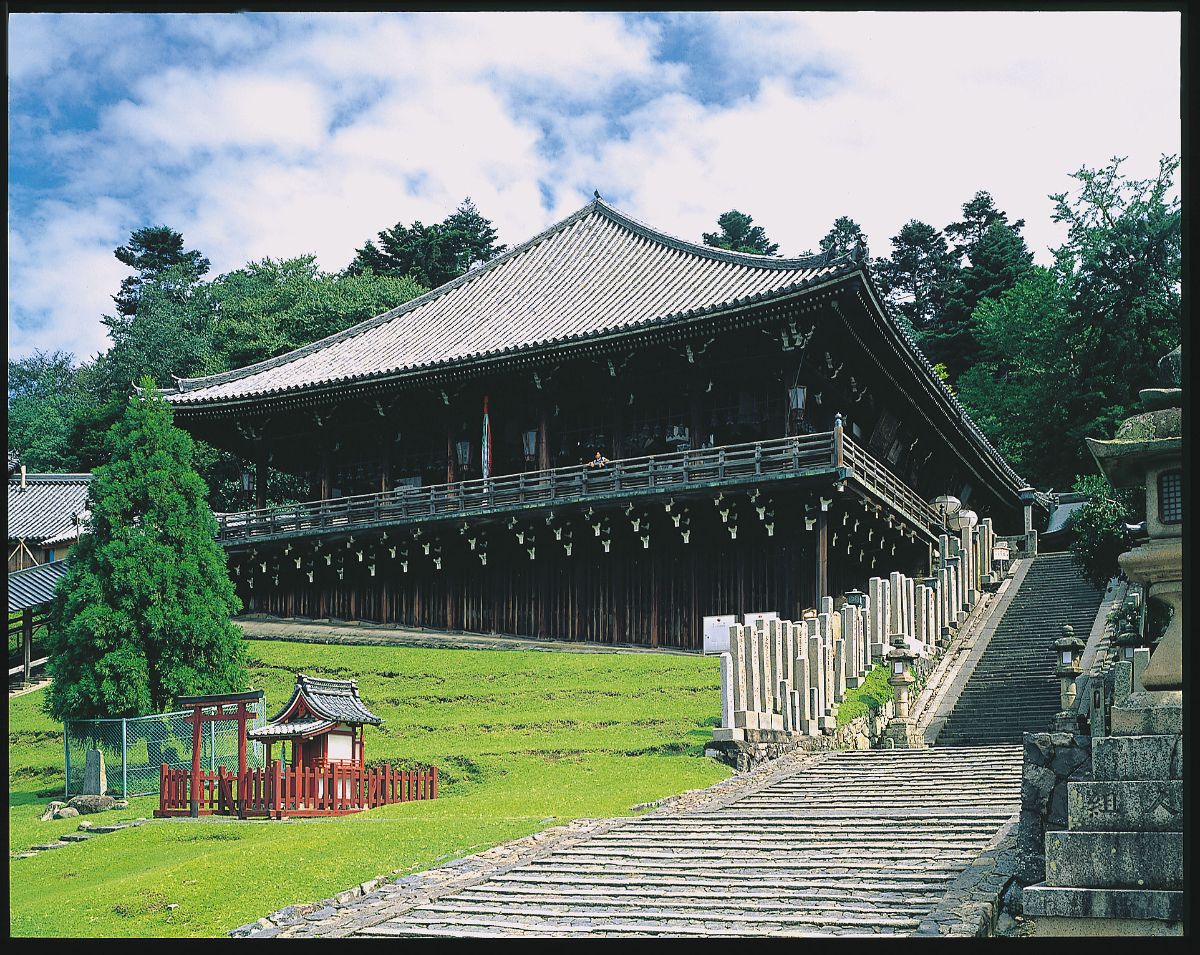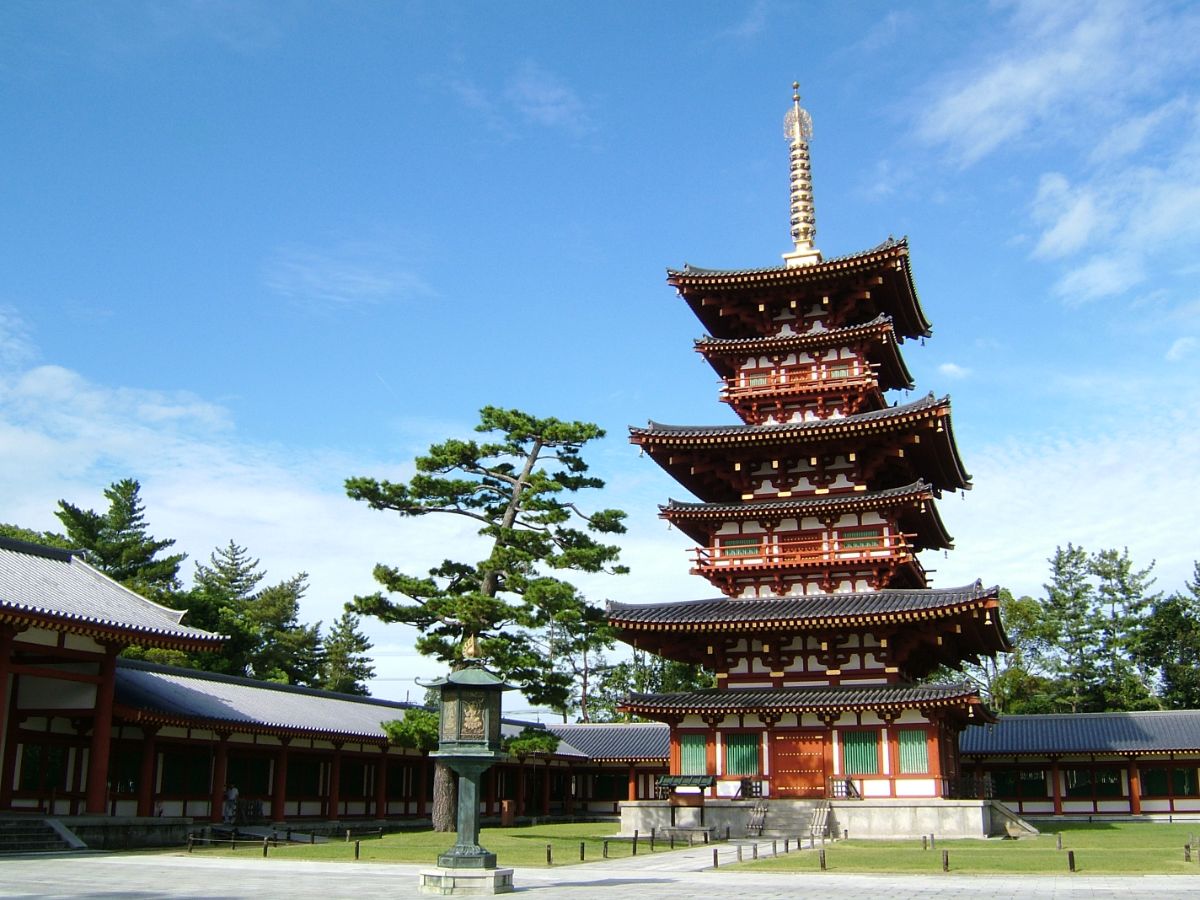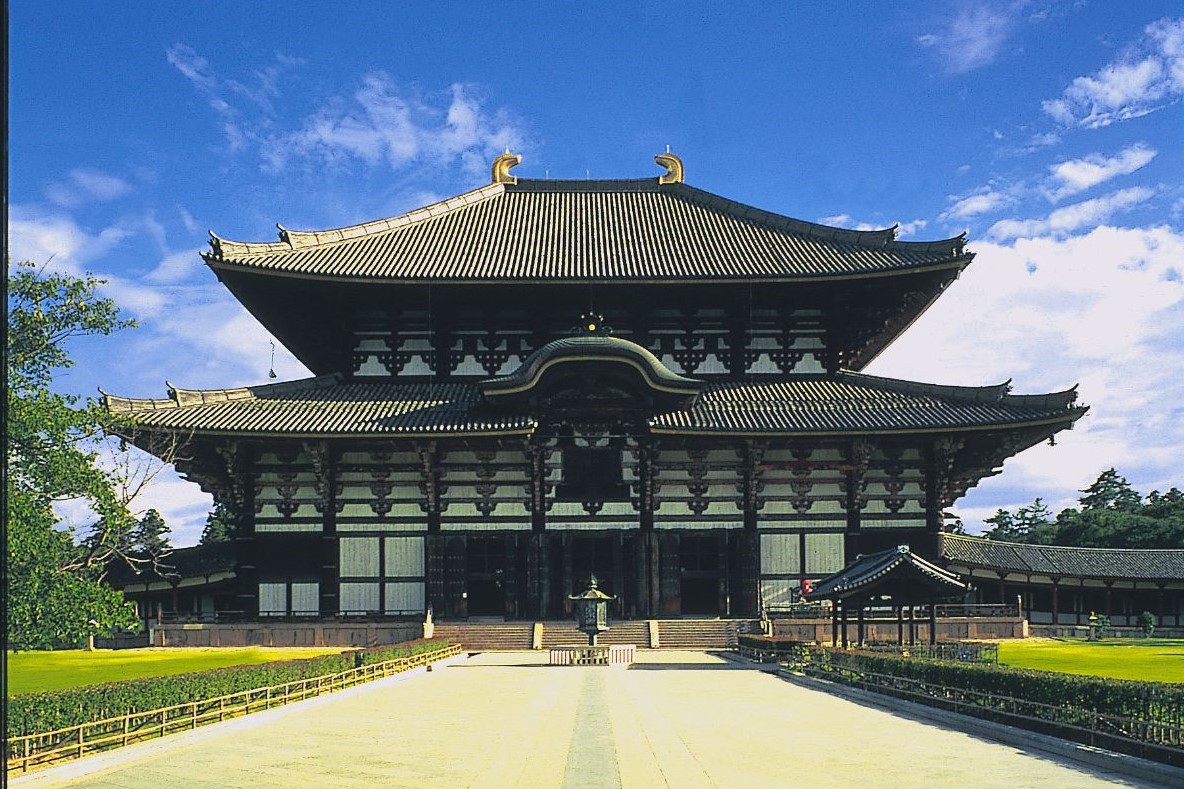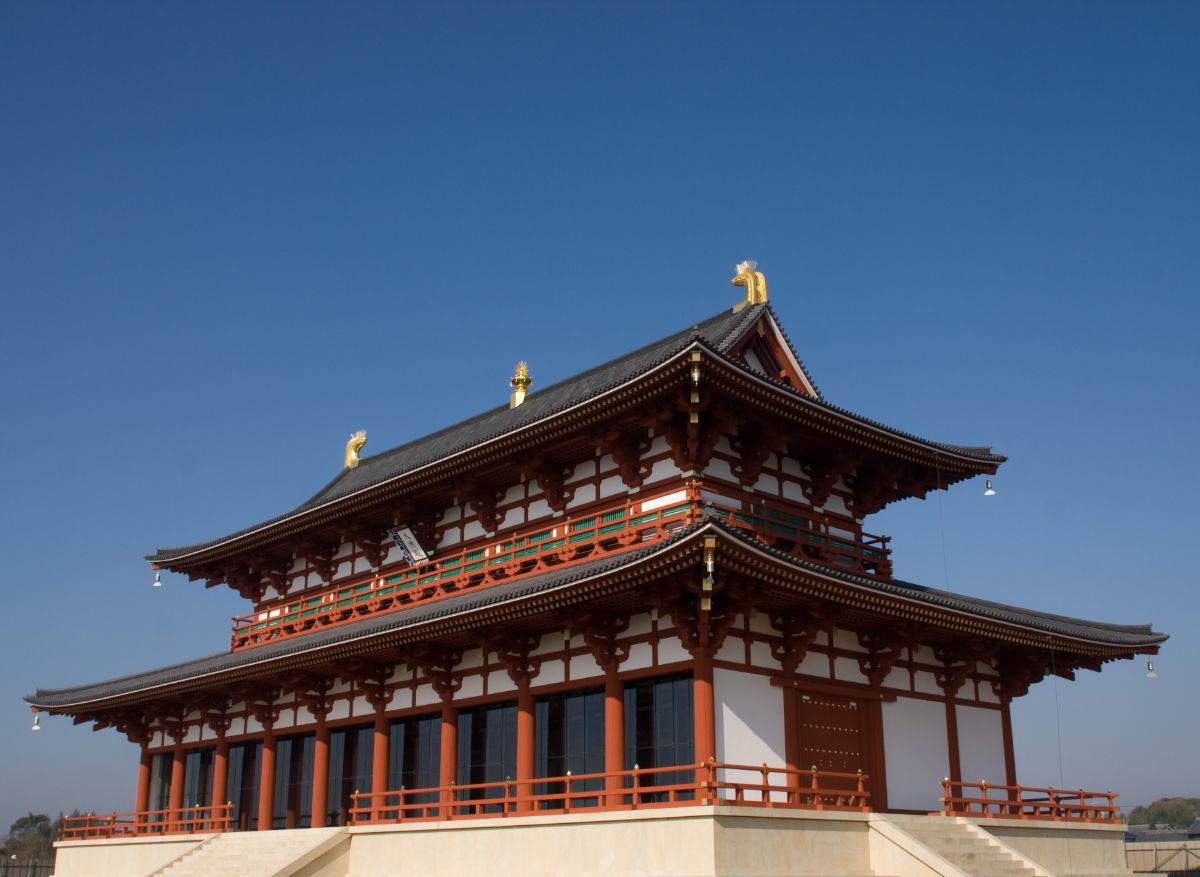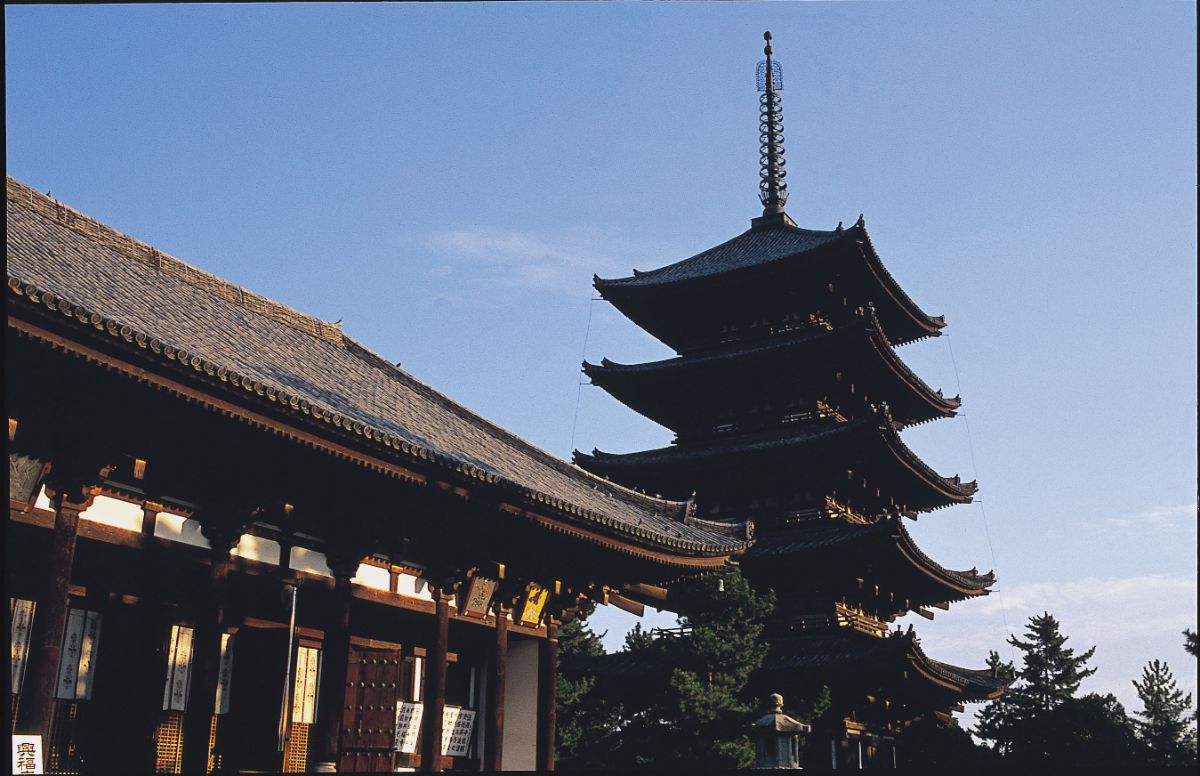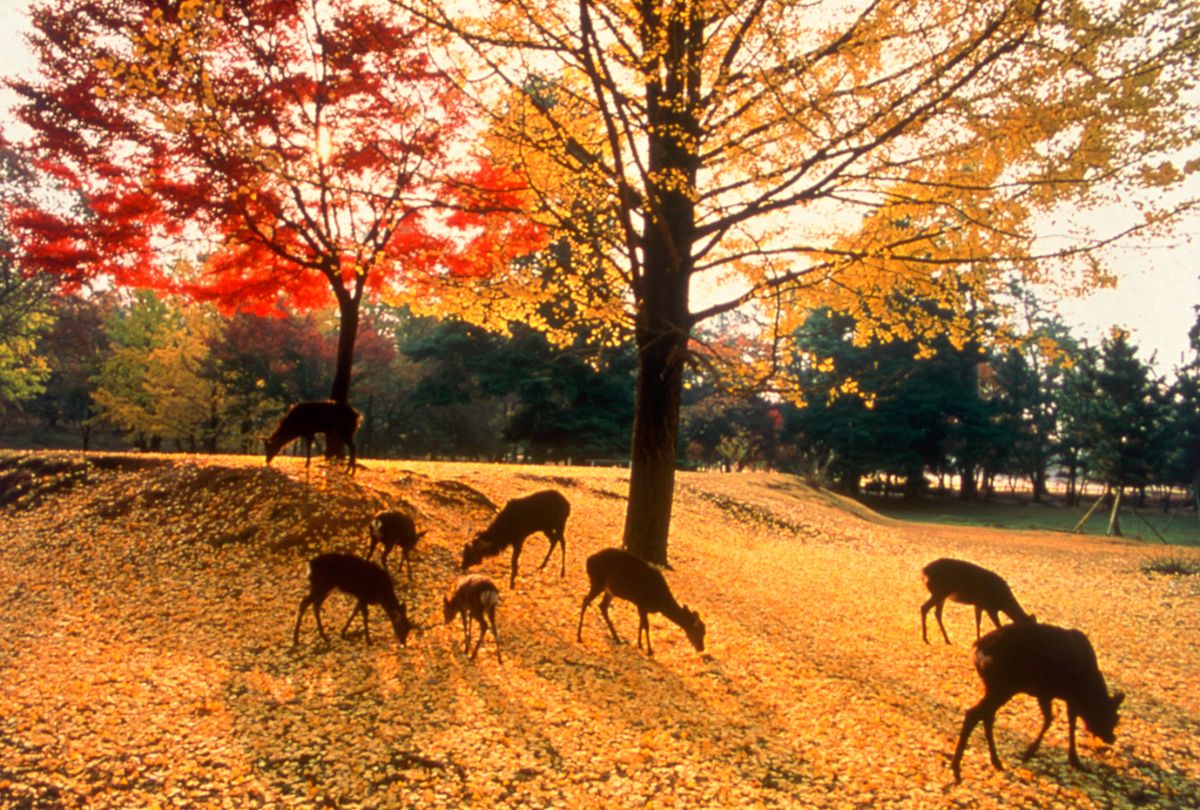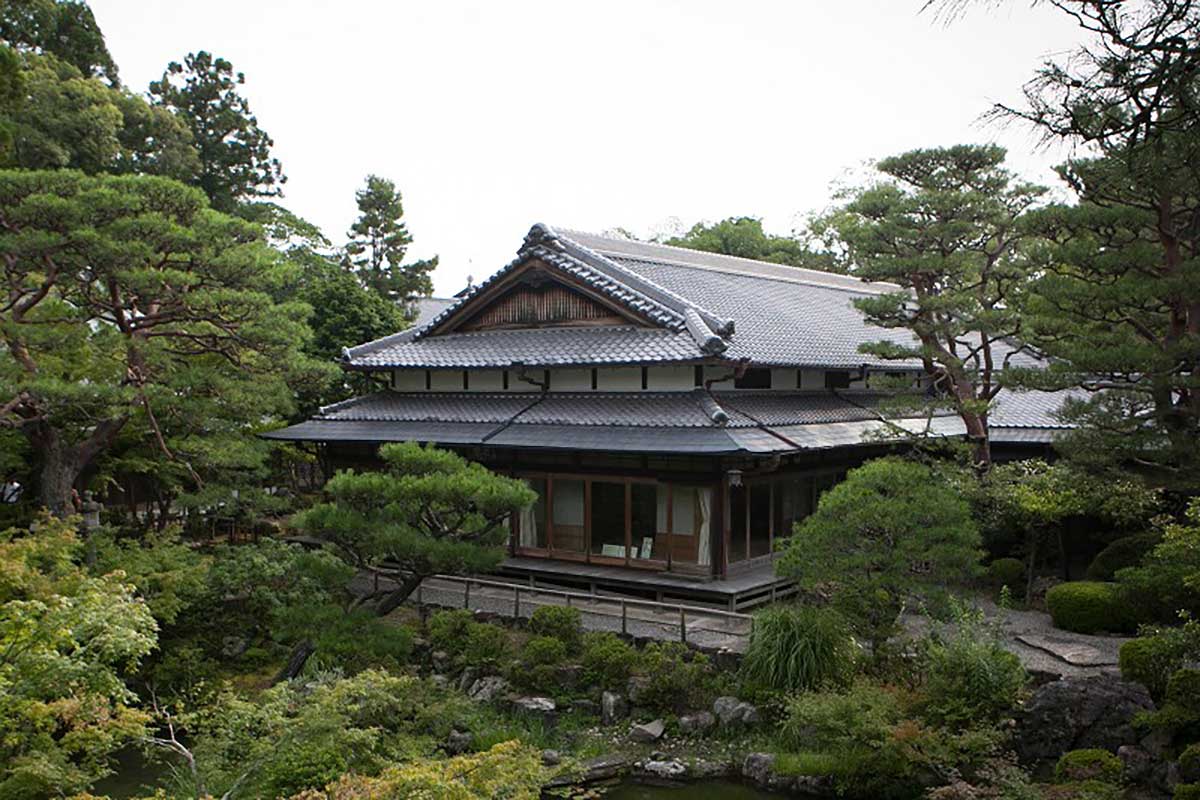Kasuga Taisha Shrine is one of the most important Shinto shrines in Nara Prefecture, and it is also designated as a UNESCO World Heritage Site as part of the Historic Monuments of Ancient Nara. It has an extensive history, and the architectural history of the buildings spans several centuries. Legend says that this shrine was first established when a deity rode from Kashima Jingu Shrine to Mt. Mikasa on the back of a white deer in order to protect Nara. The shrine complex has four main deities, and each has its own sanctuary, treasure house, gates, and other halls.
The shrine is especially well known for its bronze and stone lanterns, of which there are over 3,000. The Fujinami-no-ya Hall is devoted to these lanterns, but they are only lit during the Setsubun Mantoro and Chugen Mantoro festivals that take place in February and August, respectively. There are also hundreds of national treasures kept at the shrine complex, many dating from the Heian period (794~1185). Additionally, the main torii gate at Kasuga Taisha Shrine is one of the oldest in the history of Shintoism, and it is thought to have influenced the style of other torii gates across the country.
As in Nara Koen Park, Japanese shika deer wander freely around the park and path that lead to Kasuga Taisha Shrine. In fact, the deer of Nara are considered to be sacred, and they have even been designated as a national treasure.
Photographs provided by Eibun Kuwabara.
- Spot Name
- Kasuga Taisha Shrine
- Postal Code
- 〒630-8212
- Address
- 160 Kasugano-cho, Nara City, Nara
- Telephone Number
- 0742-22-7788
- Official URL
- http://www.kasugataisha.or.jp
- Keywords
- History
